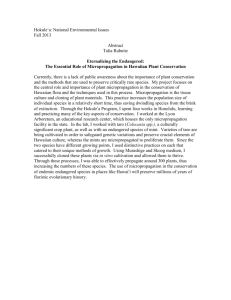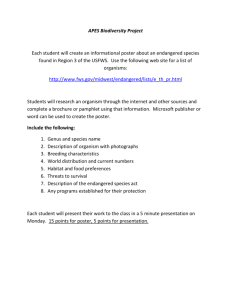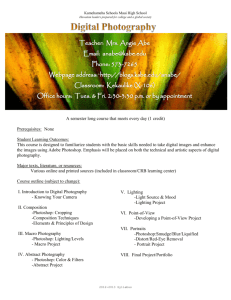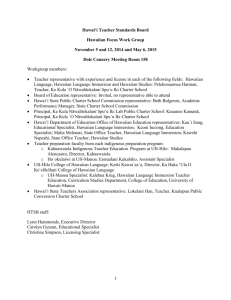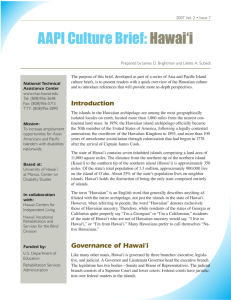SavingHiddenParadise
advertisement
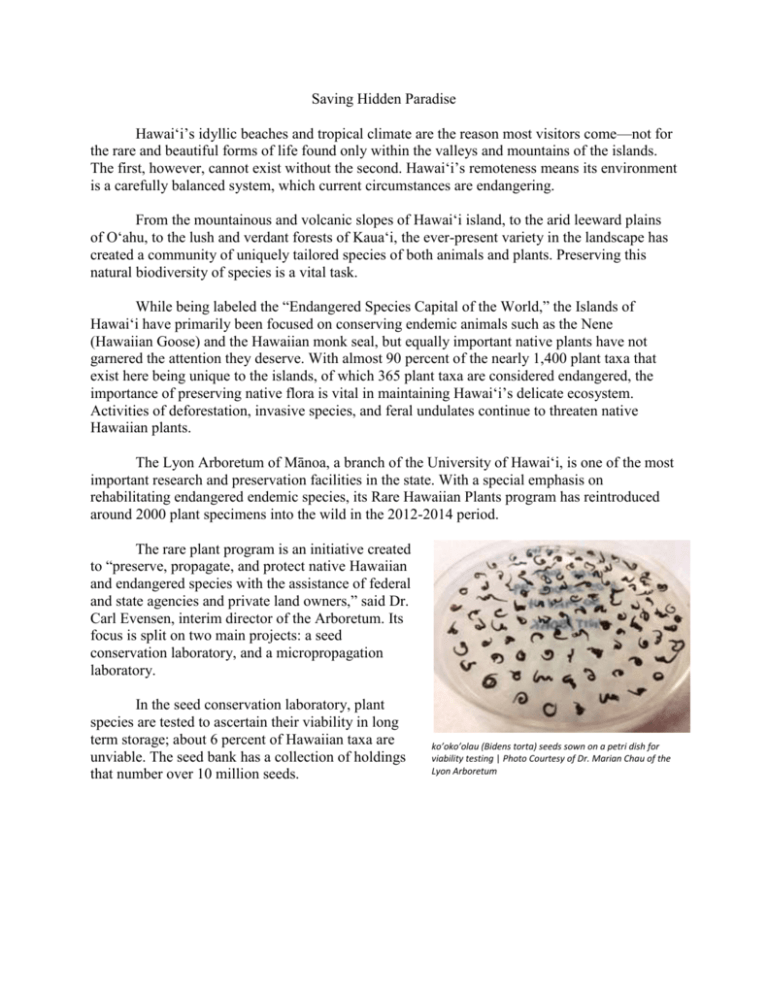
Saving Hidden Paradise Hawaiʻi’s idyllic beaches and tropical climate are the reason most visitors come—not for the rare and beautiful forms of life found only within the valleys and mountains of the islands. The first, however, cannot exist without the second. Hawaiʻi’s remoteness means its environment is a carefully balanced system, which current circumstances are endangering. From the mountainous and volcanic slopes of Hawaiʻi island, to the arid leeward plains of Oʻahu, to the lush and verdant forests of Kauaʻi, the ever-present variety in the landscape has created a community of uniquely tailored species of both animals and plants. Preserving this natural biodiversity of species is a vital task. While being labeled the “Endangered Species Capital of the World,” the Islands of Hawaiʻi have primarily been focused on conserving endemic animals such as the Nene (Hawaiian Goose) and the Hawaiian monk seal, but equally important native plants have not garnered the attention they deserve. With almost 90 percent of the nearly 1,400 plant taxa that exist here being unique to the islands, of which 365 plant taxa are considered endangered, the importance of preserving native flora is vital in maintaining Hawaiʻi’s delicate ecosystem. Activities of deforestation, invasive species, and feral undulates continue to threaten native Hawaiian plants. The Lyon Arboretum of Mānoa, a branch of the University of Hawaiʻi, is one of the most important research and preservation facilities in the state. With a special emphasis on rehabilitating endangered endemic species, its Rare Hawaiian Plants program has reintroduced around 2000 plant specimens into the wild in the 2012-2014 period. The rare plant program is an initiative created to “preserve, propagate, and protect native Hawaiian and endangered species with the assistance of federal and state agencies and private land owners,” said Dr. Carl Evensen, interim director of the Arboretum. Its focus is split on two main projects: a seed conservation laboratory, and a micropropagation laboratory. In the seed conservation laboratory, plant species are tested to ascertain their viability in long term storage; about 6 percent of Hawaiian taxa are unviable. The seed bank has a collection of holdings that number over 10 million seeds. ko’oko’olau (Bidens torta) seeds sown on a petri dish for viability testing | Photo Courtesy of Dr. Marian Chau of the Lyon Arboretum The micropropagation laboratory has grown 300+ Hawaiian plant species and 136 threatened or endangered plant species. It uses tissue culture, a method involving growing selected plants in a highly controlled, sterile environment. Rare plants growing in the Micropropagation Laboratory | Photo Courtesy of Dr. Marian Chau of the Lyon Arboretum “We collect seeds in a seed banking scheme which is better [than micropropagation], because it is cheaper and allows greater diversity. In situations where that is untenable, tissue culture is used.” The Arboretum is the largest facility in the state which uses the labor intensive procedure on endangered species. An estimated 25,000-30,000 plants are preserved this way. Even as parts of Hawaiʻi’s forests are slowly being restored, the survival of the larger Hawaiian ecosystem relies on the continued investment of time and money into the local environment. Today, thanks to the efforts of the Lyon Arboretum staff, many once-rare species are now in recovery.
